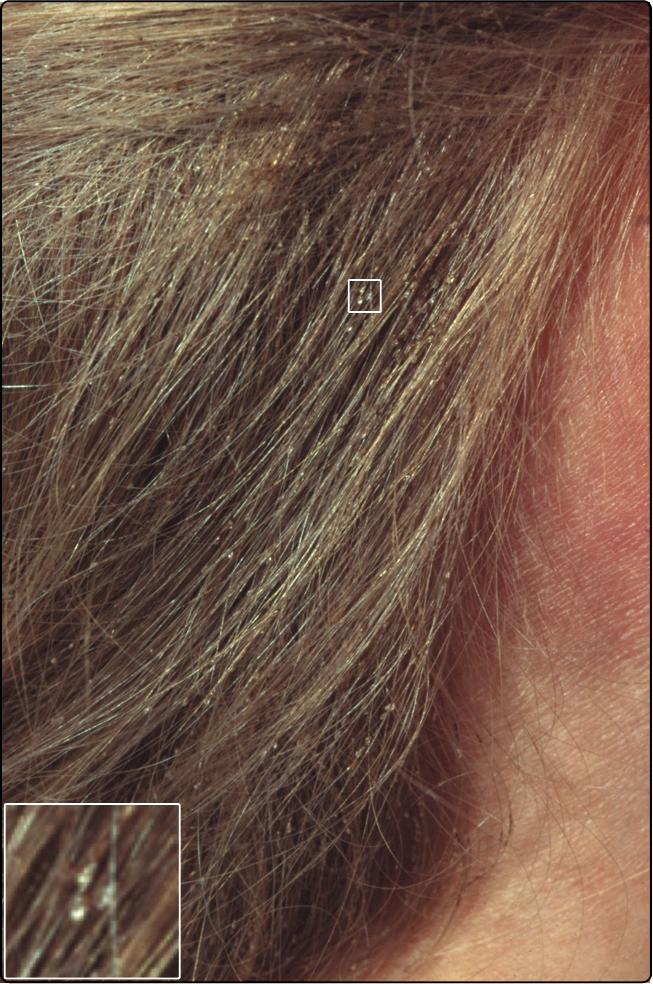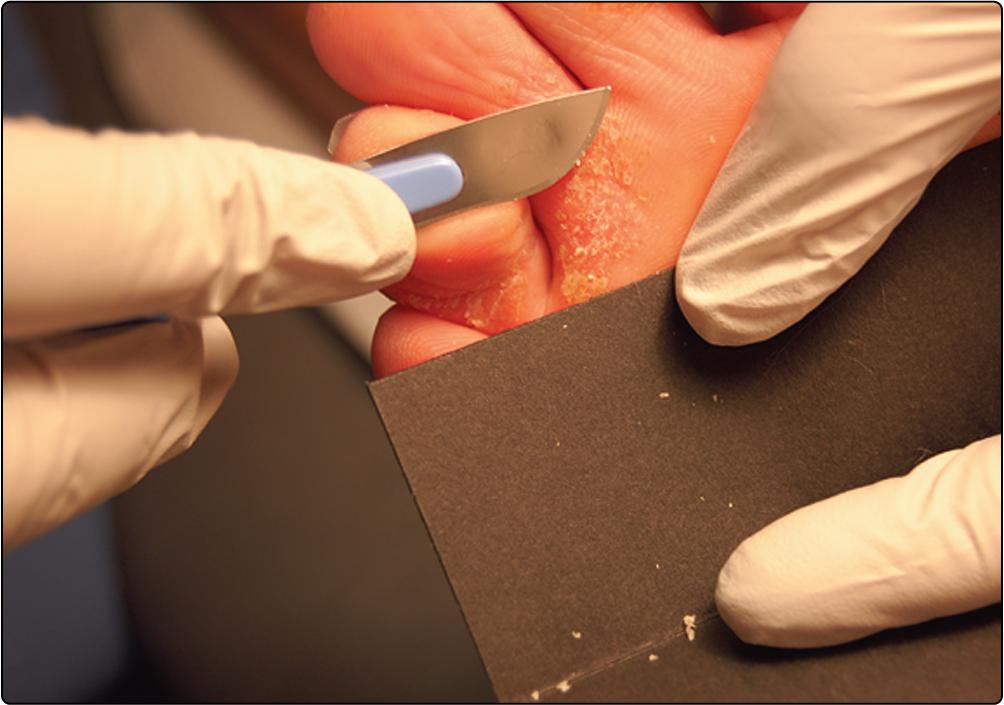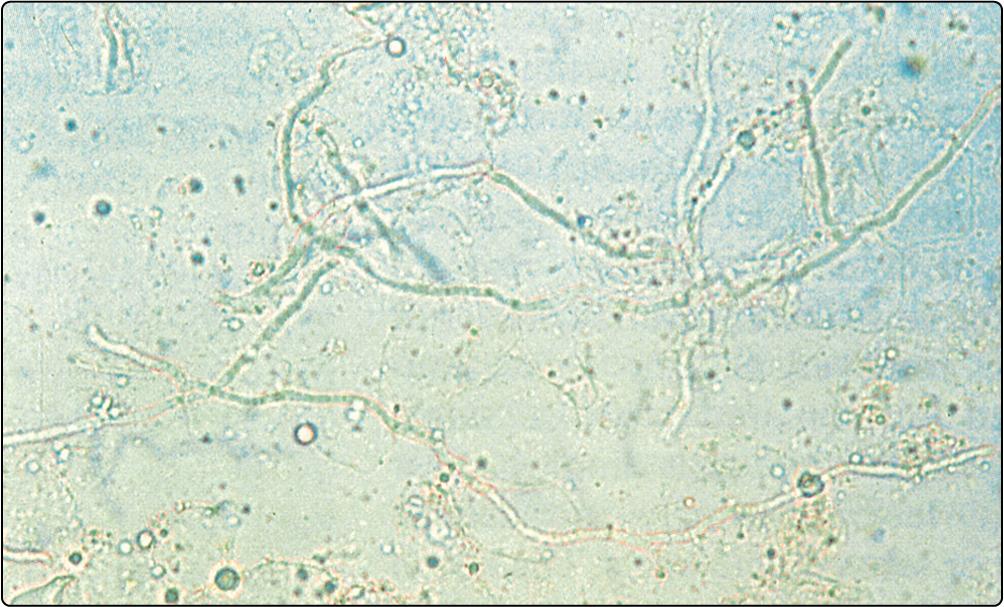Physical Address
304 North Cardinal St.
Dorchester Center, MA 02124
Dermatologists make use of several diagnostic and therapeutic procedures in their everyday clinical practice.
The ability to diagnose a skin disease is improved by the use of better methods of observing lesions and by appropriate use of samples for laboratory investigation. Patch tests and prick tests are described on pages 48 and 164.
Dermoscopy, the taking of samples for fungal culture and microscopy, the identification of scabies, the use of Wood’s light, the ability to perform Doppler studies and the demonstration of dermographism are all practical procedures essential in general dermatology. These and the practical treatment procedures such as intralesional injection and skin paring are included in the curriculum for Specialty Training in Dermatology of the Joint Royal Colleges of Physicians Training Board (access via http://www.jrcptb.org.uk/ ). There are several online facilities to help the medical student or trainee develop skills in these areas (searchable on www.youtube.co.uk ).
A hand lens helps when looking at small lesions such as nits on hair shafts ( Fig. 10.1 ) or scabetic burrows, but dermoscopy gives added information, especially for pigmented lesions (p. 24). Even so, with a hand lens it can be possible to make out the following features, which may be helpful in diagnosing a pigmented lesion:
the symmetry of the lesion
patterns of pigmentation
blue–white structures in the pigment network.

Swabs for bacterial and viral culture should be sampled from areas showing pus or exudation. Scrapings for fungal microscopy and culture are obtained by the following techniques:
The active scaly edge of an eruption is sampled using a disposable scalpel blade held vertically to the skin.
Nail samples are taken from the distal portion or from debris beneath the nail using clippers or a scalpel.
Hair sampling requires plucking of hairs as the hair root is often infected (a scalp scraping is also worthwhile).
Samples are taken onto a small sheet of black paper or a microscope slide ( Fig. 10.2 ). Direct microscopy of scrapings mounted in 20% potassium hydroxide solution will show hyphae ( Fig. 10.3 ).


Become a Clinical Tree membership for Full access and enjoy Unlimited articles
If you are a member. Log in here